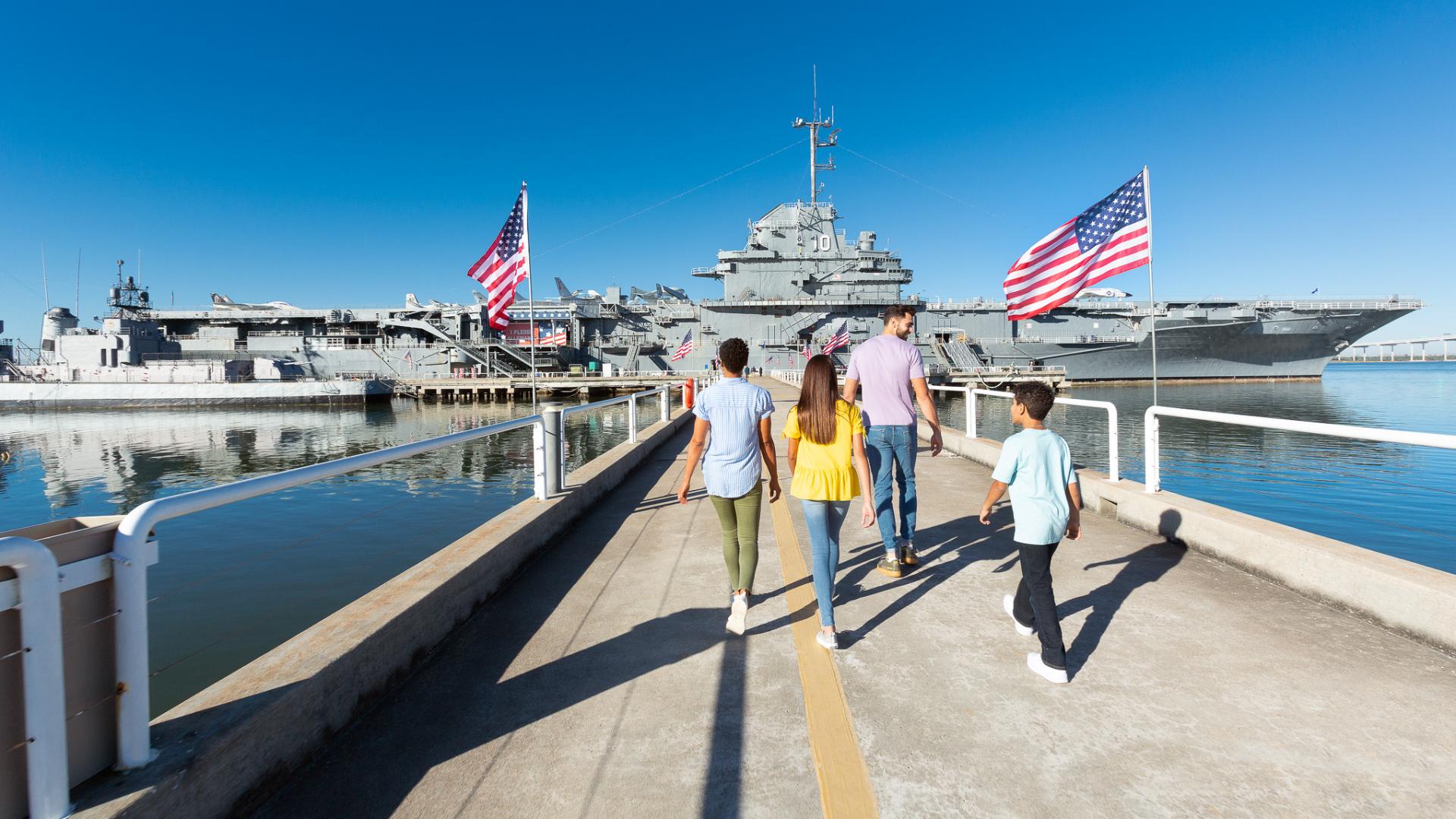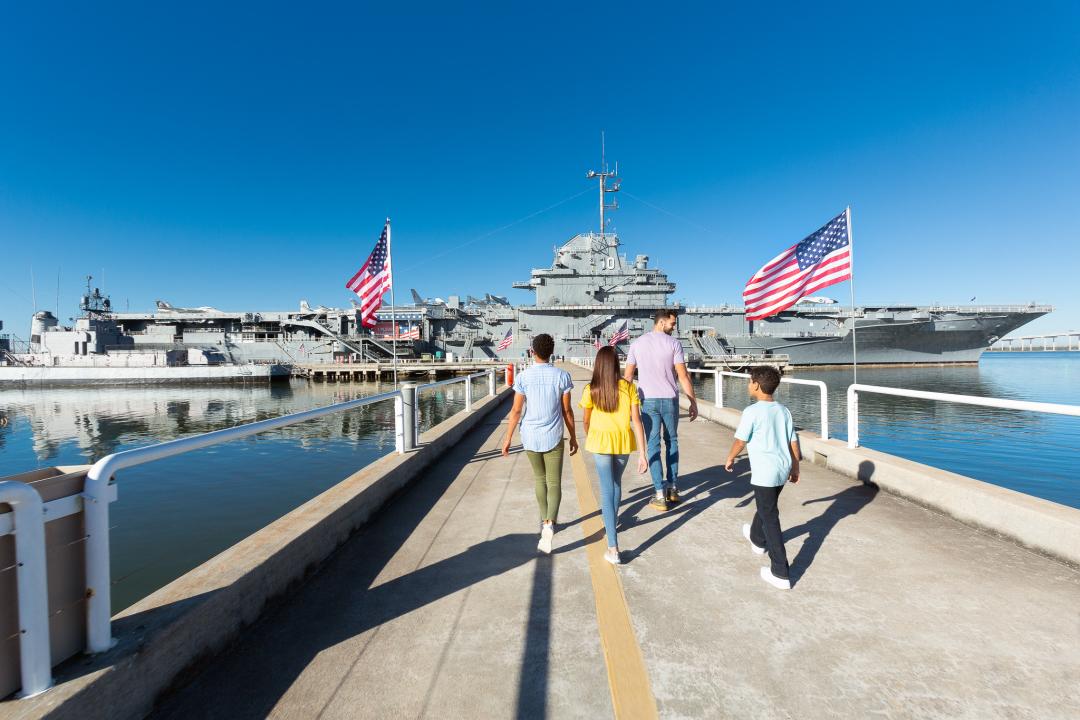
Four years after United States Navy aircraft first conducted combat flights, naval aviators in naval airships over France also saw combat protecting convoys. A naval air station was established in 1918 at Paimbœuf, France (on the Loire River near Saint-Nazaire), and several airships were transferred from the French Navy to the United States Navy for protecting convoys in the Bay of Biscay and entering the port of Saint-Nazaire.
On 27 April 1918, AT-1 returned to NAS Paimbœuf after a convoy mission of 25 hours, 43 minutes, a new record for the Astra Torres airship design. Naval aviator LT F. P. Culbert and his crew escorted three convoys through mine fields and they were commended by the French Minister of Marine.

The Astra-Torres airship was 223 feet (68 m) in length with a diameter of 47.4 feet (14.4 m), and was powered by two engines. Naval aviators flew the AT-1, AT-13 and AT-17 at NAS Paimbœuf. Combat missions were flown by AT-1 and AT-13 during the war and included training, convoy patrol, mine spotting, and anti-submarine operations. The three AT airships were shipped home after the armistice, but no records have been found of flights in the United States. AT-1 was stricken by the Navy in July 1920 at the Naval Aircraft Factory; AT-13 was stricken in October 1920 at Hampton Roads, and AT-17 was transferred to the US Army at Langley Field in October 1919.
To learn about the latest, modern French airship concept click here to read about the Manned Cloud and watch the short YouTube video below...

